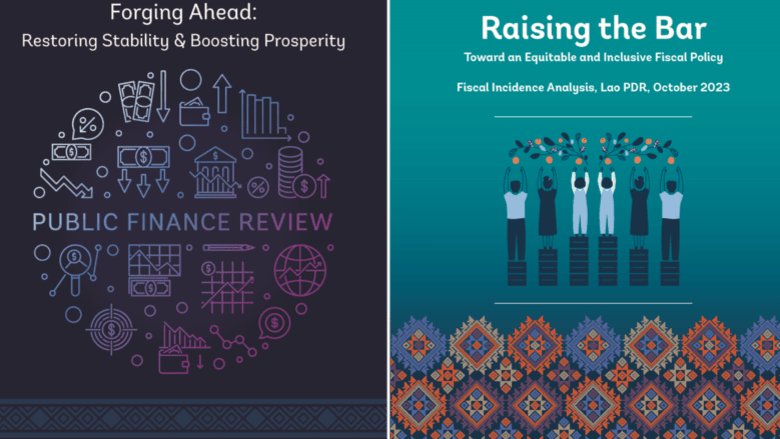ÄľąĎÓ°Ôş is publishing two reports on public finances in the Lao PDR, presenting its analysis of government revenue and spending along with recommendations on how to generate enough resources so that the country can invest in health, education, and other sectors critical to long-term prosperity.
The reports, a Public Finance Review, and a Fiscal Incidence Analysis entitled , show that Laos is facing the challenges of a high debt burden, poor revenue collection, limited financing options, and low foreign currency reserves. While these are undermining development prospects, fiscal reforms could provide some immediate relief and help build a more equitable and sustainable system.
The finds that LaosˇŻ current economic instability largely results from low revenue and accumulated debt. There is moreover a need to improve the efficiency of public expenditure and tackle the potential costs of state-owned enterprises and public-private partnerships.
The , which looks at how the Lao system distributes the money that it raises, finds that after taxes are paid and transfers made through government spending, income is more equally distributed than beforehand. However, revenue collection is weak, and social spending is low, so the impact of the fiscal system on poor families is limited and the effect of government policies on poverty reduction and inequality is minimal.
The reports conclude that there is considerable scope for improving revenue collection and the effectiveness and equity of public spending. They detail measures for enhancing tax collection, reforming the management of state-owned enterprises and public-private partnerships, and targeting public spending more efficiently. The analyses follow close cooperation between the World Bank and the Ministry of Finance, as well as engagement with the Ministry of Planning and Investment and other public institutions.
